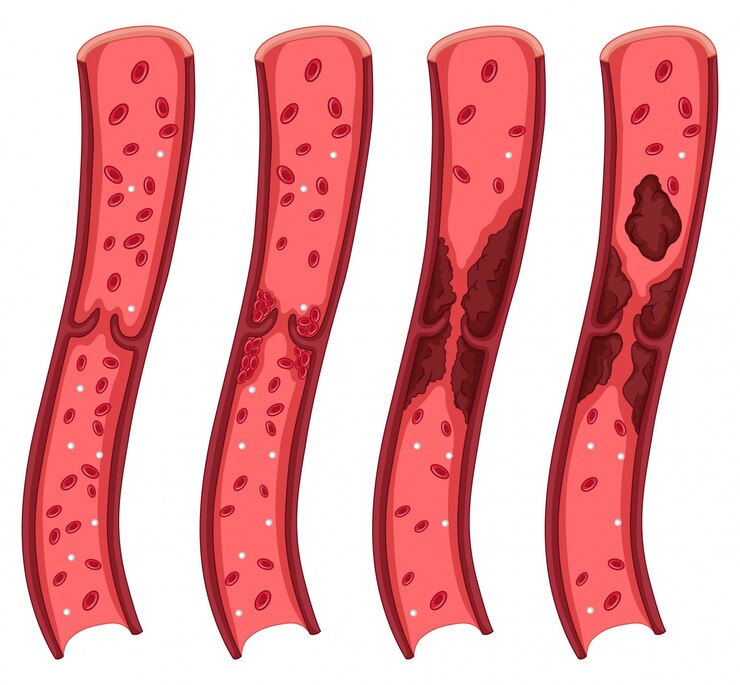Early Know Peripheral Artery Diases (Pad) Disease
In many cases of diseases in Indonesia that are encountered, many ordinary people do not know about peripheral artery diases (PAD), even though this disease is a complication of diabetes miletus that is often found by the community, especially in the elderly.
Well, let's discuss what peripheral artery diases (PAD) disease is. Peripheral artery diases (PAD) is a complication of Diabetes Mellitus (DM) Changes in the walls of blood vessels cause a decrease in blood flow (perfusion) to the lower extremities characterized by a decrease in the ankle brachial index (ABI).
PAD is included in one of the peripheral vascular diseases (PVD / peripheral vascular disease), which is a term to describe various circulatory diseases that affect arteries, blood vessels, and lymph vessels.
PAD occurs when a limb, such as a leg, does not receive adequate blood flow. This will cause some symptoms, such as cramps or pain when walking (claudication). Cramps that feel pain, usually in the calf, waist, thigh, or buttocks muscles when walking, climbing stairs, or exercising, Legs feel tingling, weak, heavy, or tired., The lower legs or feet feel much colder when compared to the rest of the body, Pain in the toes, feet, or legs that do not go or heal for a long time, Skin redness or discoloration, The growth of toenails or foot hair is very slow, tissue death (gangrene) in the toes and feet even though they are not injured
Well in these symptoms usually most tissue death or commonly called gangrene can cause injury. Basically, gangrene is caused by a cessation or reduction in blood flow to body tissues, for example due to embolism. This makes body tissues lack oxygen and nutrients, causing cells in body tissues to die.
 Indonesia
Indonesia
 English
English


